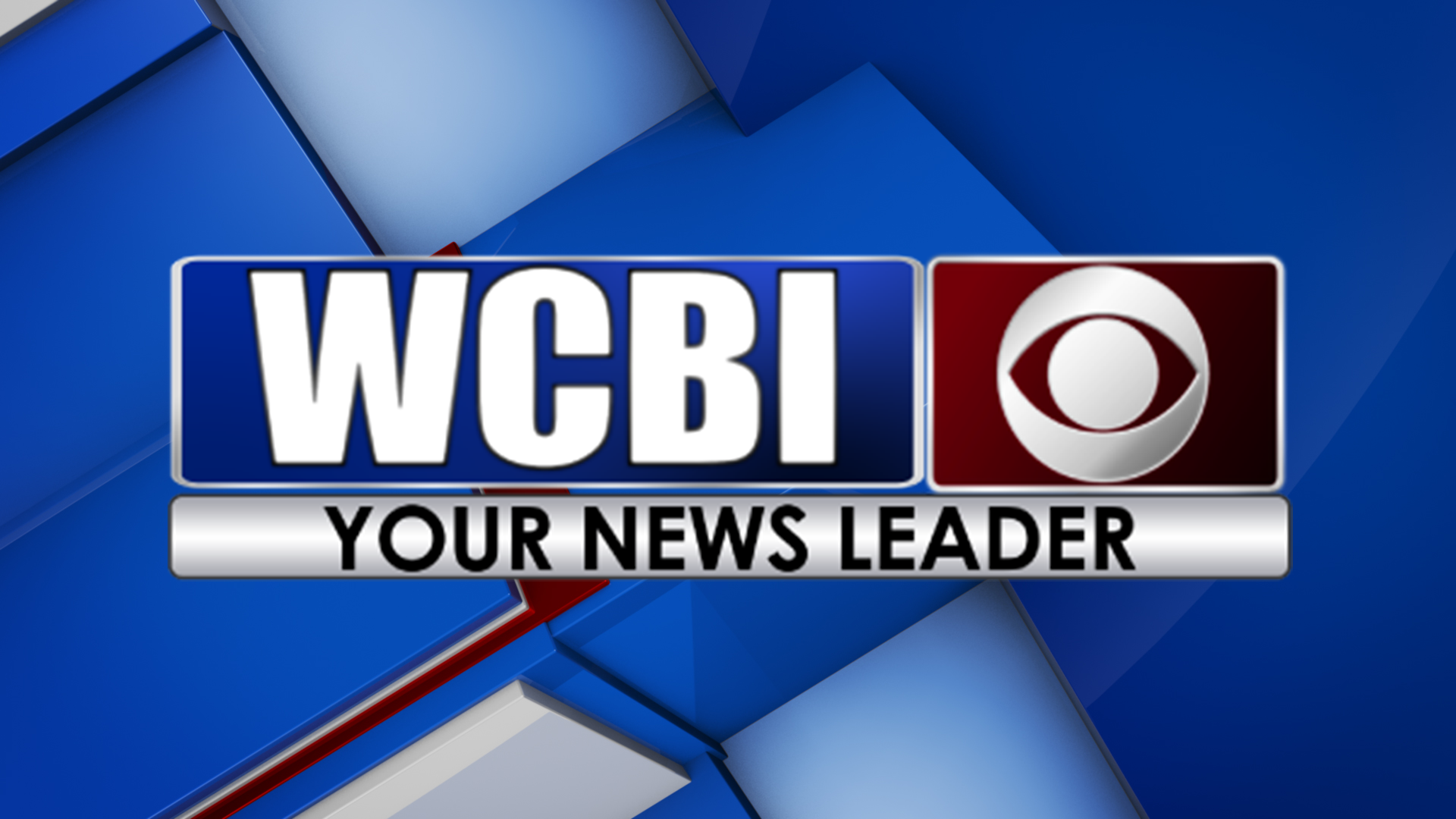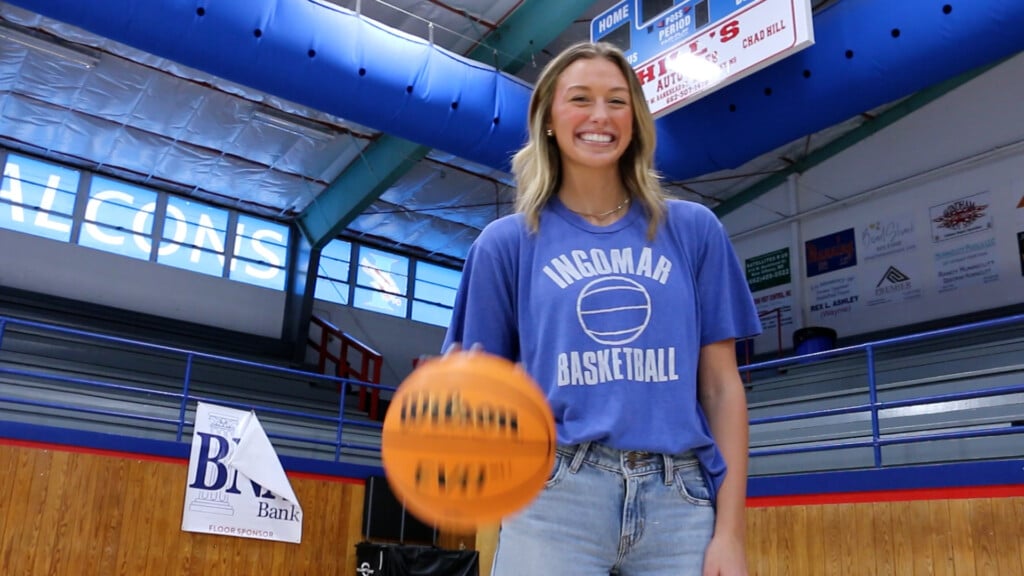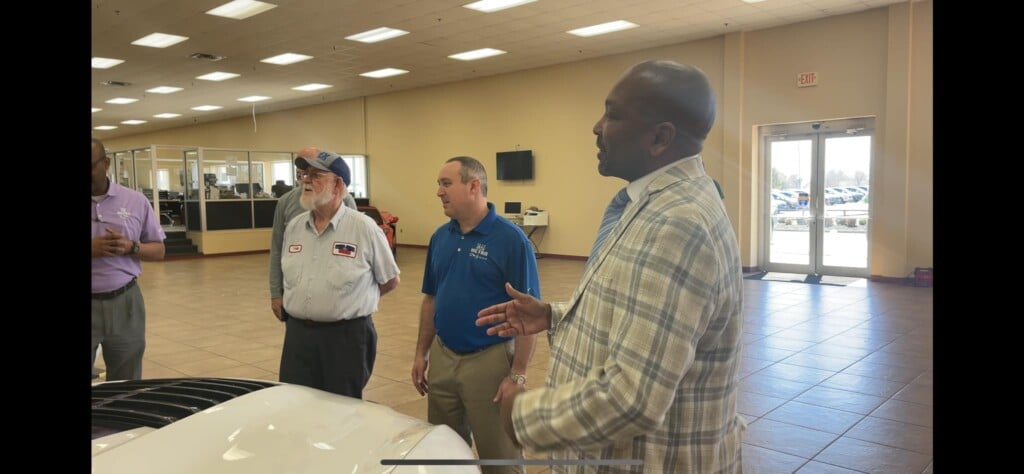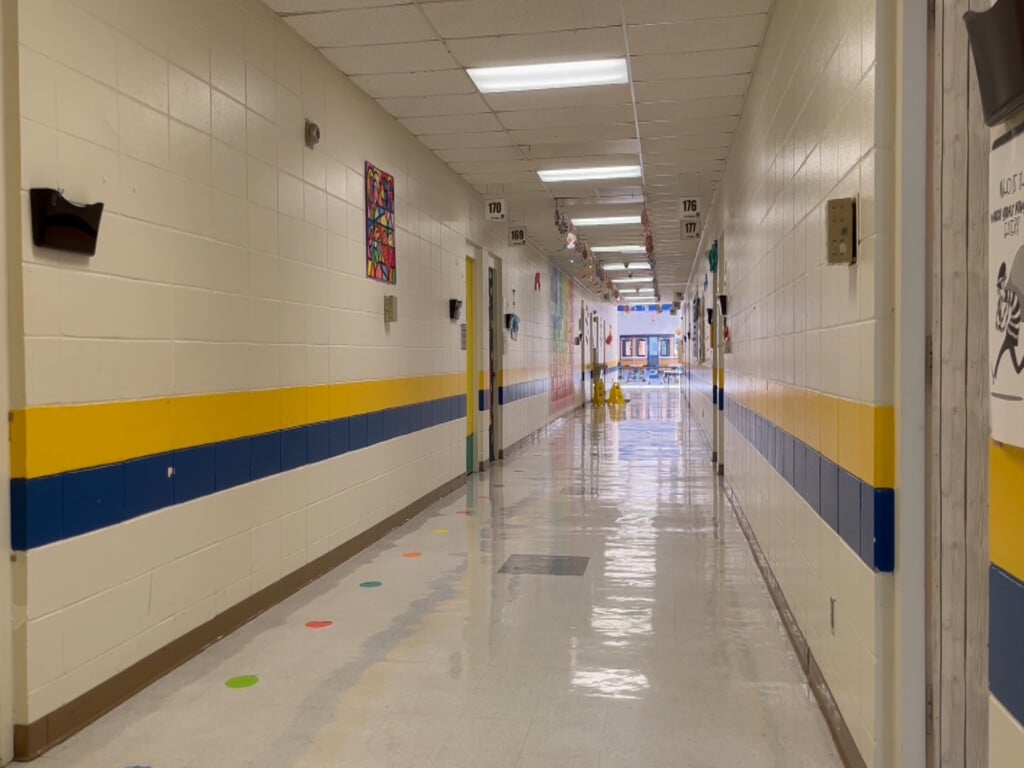Colleges Tout Enrollment Growth
More students than ever before have entered Mississippi Public Universities, where they will begin building careers in everything from aerospace engineering to urban and regional planning. Across Mississippi’s eight public universities, preliminary fall 2012 enrollment figures show an increase of 457 students from fall 2011 numbers. System-wide enrollment has increased annually since 1994.
“This enrollment increase is smaller than the increases we have seen over the past few years, but having more than 80,000 students enrolled is still great news for our students and our state,” said Dr. Hank M. Bounds, Commissioner of Higher Education. “Our students understand that the key to a better tomorrow begins with earning a college degree.”
Preliminary enrollment figures are unduplicated and count students one time if enrolled on more than one campus.
|
Unduplicated Headcount |
Fall 2011 |
Fall 2012 |
Number Change |
Percent Change |
|
Actual figures |
Preliminary figures |
|||
|
Alcorn State University |
4,018 |
3,910 |
-108 |
-2.7% |
|
Delta State University |
4,624 |
4,756 |
132 |
2.9% |
|
Jackson State University |
8,903 |
8,819 |
-84 |
-0.9% |
|
Mississippi State University |
20,424 |
20,365 |
-59 |
-0.3% |
|
Mississippi University for Women |
2,661 |
2,651 |
-10 |
-0.4% |
|
Mississippi Valley State University |
2,452 |
2,467 |
15 |
0.6% |
|
University of Mississippi University of Mississippi University of Mississippi Medical Center |
20,830 18,224 2,606 |
21,534 18,793 2,741 |
704 569 135 |
3.4% 3.1% 5.2% |
|
University of Southern Mississippi |
16,604 |
16,471 |
-133 |
-0.8% |
|
System Total |
80,516 |
80,973 |
457 |
0.6% |
“I would like to commend the universities for continuing to serve more students, while state support has been reduced,” said Bounds. In FY 2000, 56 percent of the universities’ budgets was comprised of state appropriations and 32 percent was comprised of tuition dollars. By FY 2012, those percentages were reversed, with 57 percent of the budget comprised of tuition dollars and 37 percent coming from state appropriations. In 2000, 56,498 students were enrolled in Mississippi Public Universities.
“Our universities have worked hard to increase efficiency while maintaining the quality of instruction,” said Bounds.
Maintaining an appropriate student to faculty ratio continues to be a challenge as Mississippi slips in faculty salaries when compared to other Southeastern states. Faculty salaries in Mississippi were seven percent below the Southern Regional Education Board (SREB) average in 2000; the gap has widened to over 15 percent today. SREB includes 16 states in the Southeast.
“Our students and their families provide an injection into the local economies of the communities where our universities are located,” said Bounds. “However, the real economic boon will occur when these students graduate, enter the workforce and become the innovators, entrepreneurs and leaders of tomorrow.”





Leave a Reply